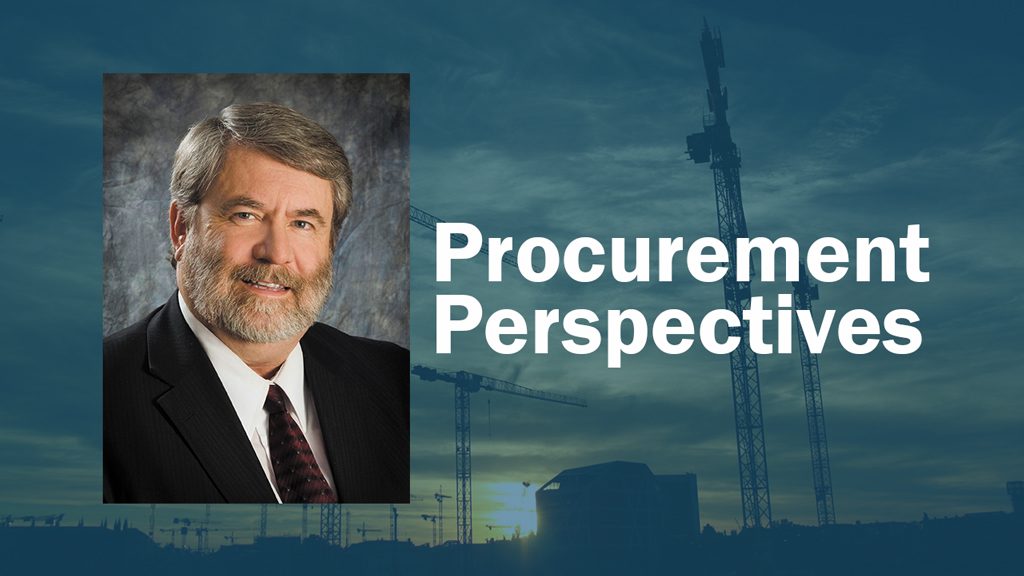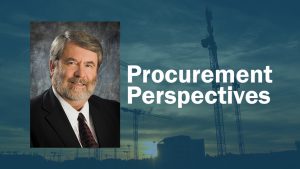One simple formula used in procurement is “cost equals full life expenditure on items purchased plus opportunity cost.”
Strictly speaking it may be argued that nothing is needed until it is required for immediate use or consumption.
However, as a practical matter, there may be benefit in securing an item ahead of the time when it is expected to be used.
Procurement managers need to give balanced consideration to long, medium- and short-term needs. The utilization of any resource may be viewed as a cost and the allocation of present resources to meet a future need may be viewed as an investment.
Deciding on whether and when to make an investment can be problematic. It requires a comparison of cost and benefit based on what is often incomplete and preliminary information.
There are complex mathematical procedures for working out the optimal results to a problem, but the underlying concept is almost self-evident.
The general formula is that a cost is justified where it is less than or equal to the benefit received as a result.
Cost and benefit must be weighed relative to time. Moreover, the cost of the investment must take into consideration the opportunity cost of diverting the resources from other uses to meet the long term or medium need to which they are addressed.
The opportunity cost reflects the discount on the future cost of deferring work to some later time. Full life expenditure must be discounted to reflect the fact many costs occur at a point remote in time, while others are of a contingent nature.
Benefit must also be adjusted to reflect both the time element and contingency. For some types of expenditure, the primary benefit is immediate and it either declines over time or such residual value as it may possess is slight.
For other types of expenditure, the benefit is derived only in the future.
In yet a third class of expenditure, the benefit is dispersed over time, with some of the benefit being received immediately and the rest being deferred.
For instance, construction of a public building (or other capital asset) to a higher specification may extend the life of a building. The additional expenditure thereby incurred confers a future benefit as the taxpayers of the future are thereby relieved of the cost of replacing or refurbishing the building for the extended period of its life.
Buildings in surplus capacity to meet future needs (as is often done, for instance, in the construction of a road or bridge) also generates a deferred benefit.
At the opposite extreme, one finds expenditures on items that are expected to be consumed immediately or within the next term. Expenditures on fuel, food, occupation and clothing are frequently expenditures of this type. Although in a very broad sense, they may also be seen to confer some future benefit, that benefit is trivial in comparison to the immediate benefit that is derived.
Most expenditures produce some blend of present and future benefit.
For instance, the creation of a park brings into being an asset that may be used for the immediate benefit of those who use it. However, the park will remain after the present generation is gone and thus the benefit also flows to those who come in the future.
In carrying out the cost-benefit calculation relative to a particular proposed investment, it is necessary to factor both present and deferred benefit properly into the equation.
Similarly, there is also consideration given to deferred (or future) costs, such as maintenance, refurbishment and other ongoing costs of operation.
These also should be reflected in the purchasing decision.
An investment should not be made unless the present cost of meeting a long-term need is less than the discounted present value of doing the work at some point in the future.
Stephen Bauld is a government procurement expert and can be reached at swbauld@purchasingci.com. Some of his columns may contain excerpts from The Municipal Procurement Handbook published by Butterworths.




Recent Comments
comments for this post are closed